Cost Clarity: Quartz Pricing from Mid‑range to Premium
When homeowners begin exploring quartz countertops, one of the first questions that comes up is price. Quartz is an engineered material, and its cost can vary widely depending on how it’s made. From my perspective in the shop, the numbers always come back to three things: how much quartz is in the product, how much resin is in the product, and the quality of that resin. Add in the complexity of the pattern, and you’ll understand why one slab costs more than another.
What Drives Quartz Pricing
Quartz isn’t all the same. The differences in cost are tied directly to what goes into the slab and how it’s manufactured.
Here are the main factors:
- Quartz content: Higher-end slabs contain a larger percentage of quartz and less filler material.
- Resin quality: Better resins resist discoloration and hold up longer against daily use.
- Quartz-to-resin ratio: A strong balance ensures the slab is durable and less prone to issues.
- Pattern complexity: Simple, uniform patterns cost less to produce. Distinct veining and bold designs drive up manufacturing costs.
When you see a material with intricate veining that mimics natural stone, you can bet it took more effort and technology to create. That extra work is reflected in the price.
Resin and Heat Sensitivity
One thing that doesn’t change across the board is resin sensitivity. No matter what engineered stone you choose, resin reacts to heat. This is what we call thermal shock. Place a hot pan directly on the surface, and it can discolor or even crack. Higher-quality resins perform better, but all quartz materials contain resin and need a little care.
That’s why we always recommend using trivets or hot pads. A little prevention goes a long way in keeping your counters looking like new.
Price as a Quality Indicator
Quartz is one of the most competitive products in the market. Manufacturers are constantly trying to produce it at the lowest cost possible. Because of that, price becomes a reliable indicator of quality. If you find a slab that’s significantly cheaper than the others, chances are it has more resin, less quartz, or a lower-grade resin that won’t hold up as well over time.
From my experience, the service life of your countertop will almost always reflect the dollars you put into it. Spending more upfront means you’ll spend less time worrying about discoloration, wear, or needing an early replacement.
The Value of Mid-Range vs. Premium
Mid-range quartz is often uniform in color and pattern. It offers durability and a clean look, and it’s a good fit for homeowners who want function at a fair price. Premium quartz goes further. It offers richer quartz content, higher-quality resin, and patterns that look remarkably close to natural stone. The investment in premium often pays back in both aesthetics and longevity.
Think of it like this: mid-range quartz will get the job done, but premium quartz is built to impress and last. When you’re remodeling a kitchen you plan to live in and enjoy for years, the extra dollars often make sense.
My Recommendation
If you’re shopping for quartz, spend as much as you can comfortably afford. You’ll get a better service life, a more beautiful finish, and fewer concerns about resin issues down the road. Quartz countertops aren’t just a purchase—they’re a foundation for your kitchen. The quality you choose will shape how they look and perform for decades.
Come walk through our Prescott showroom, see the differences for yourself, and let’s find what makes you feel good.
Designing Surfaces For Your Life
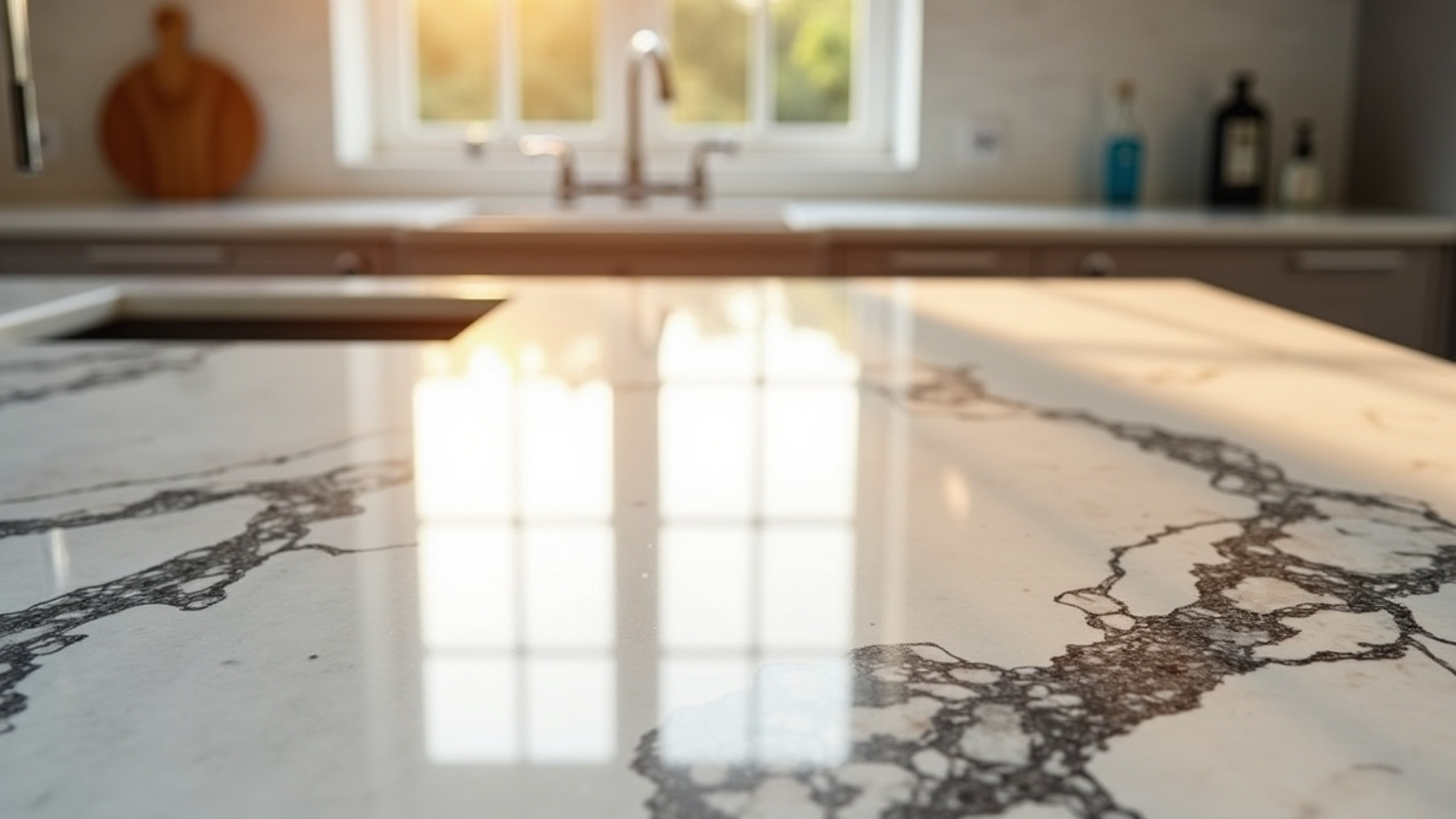
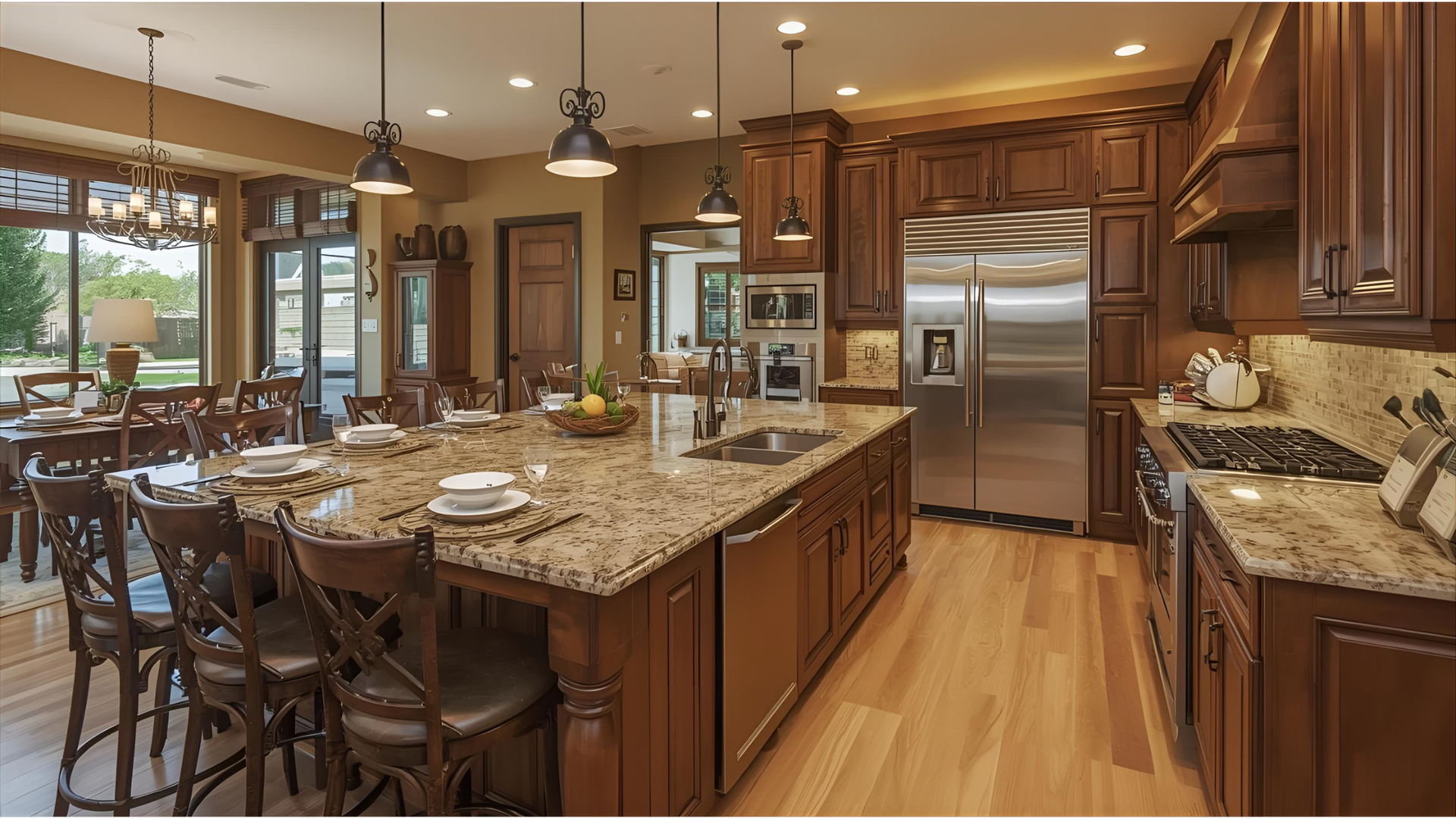
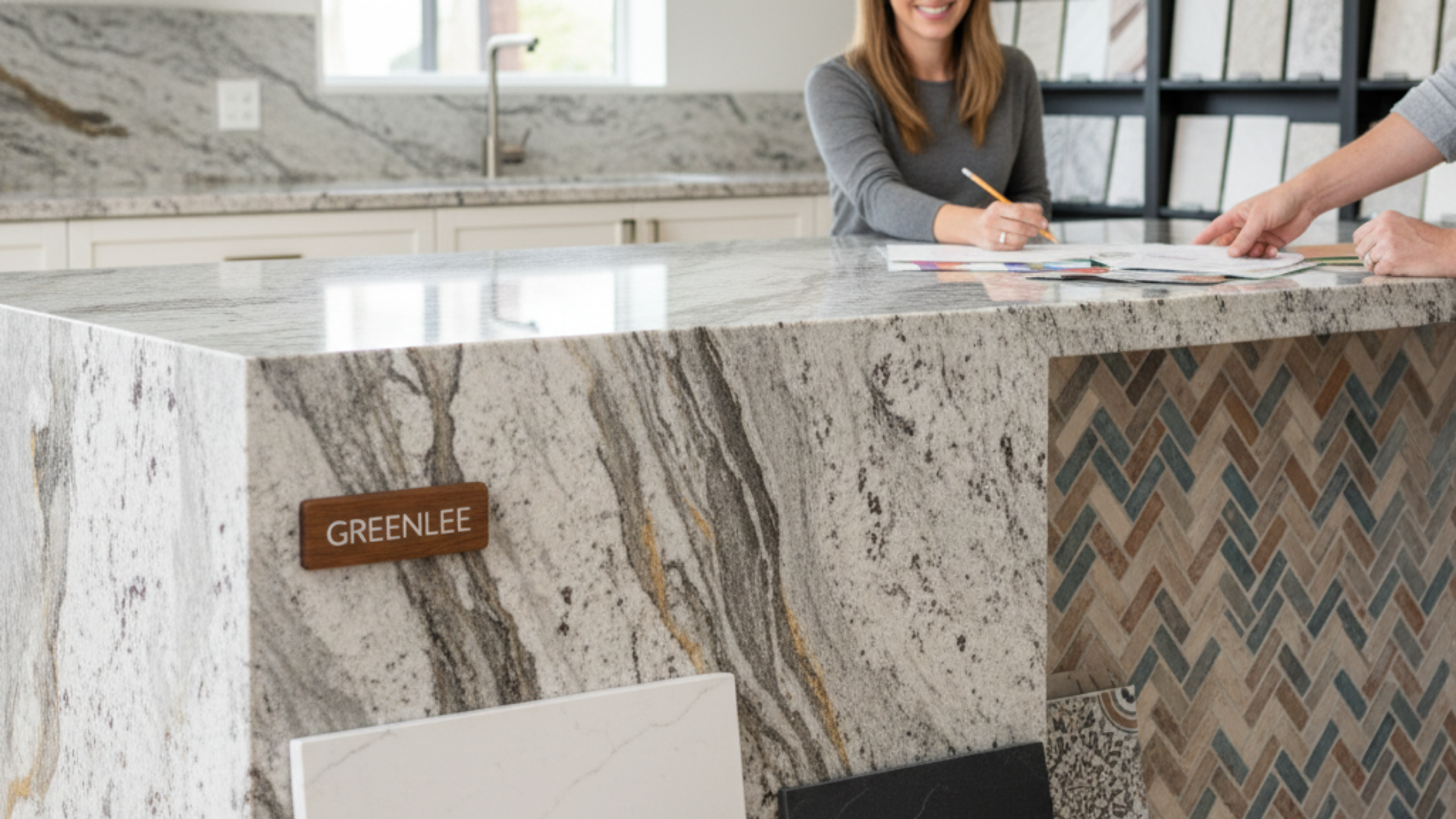
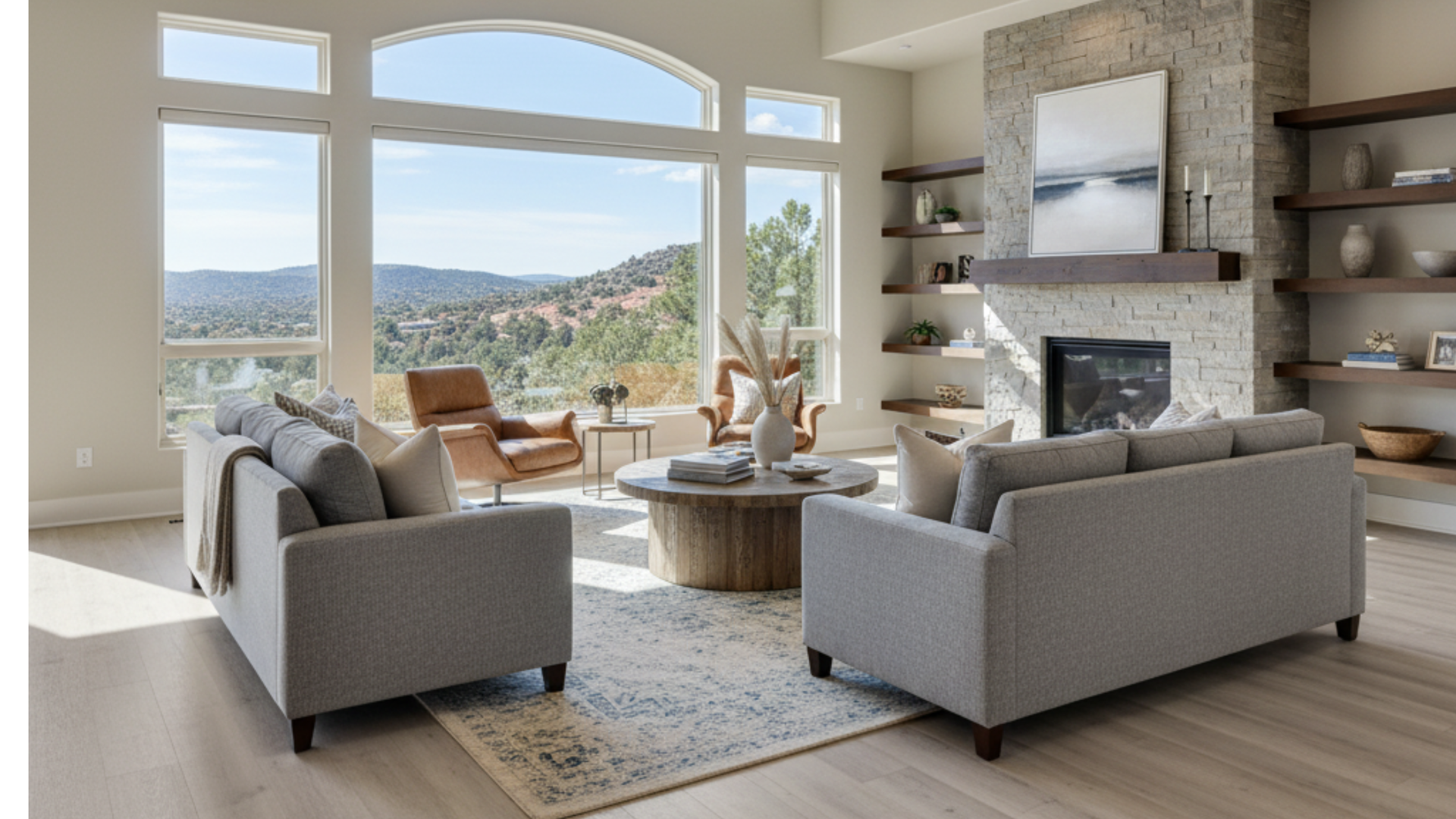
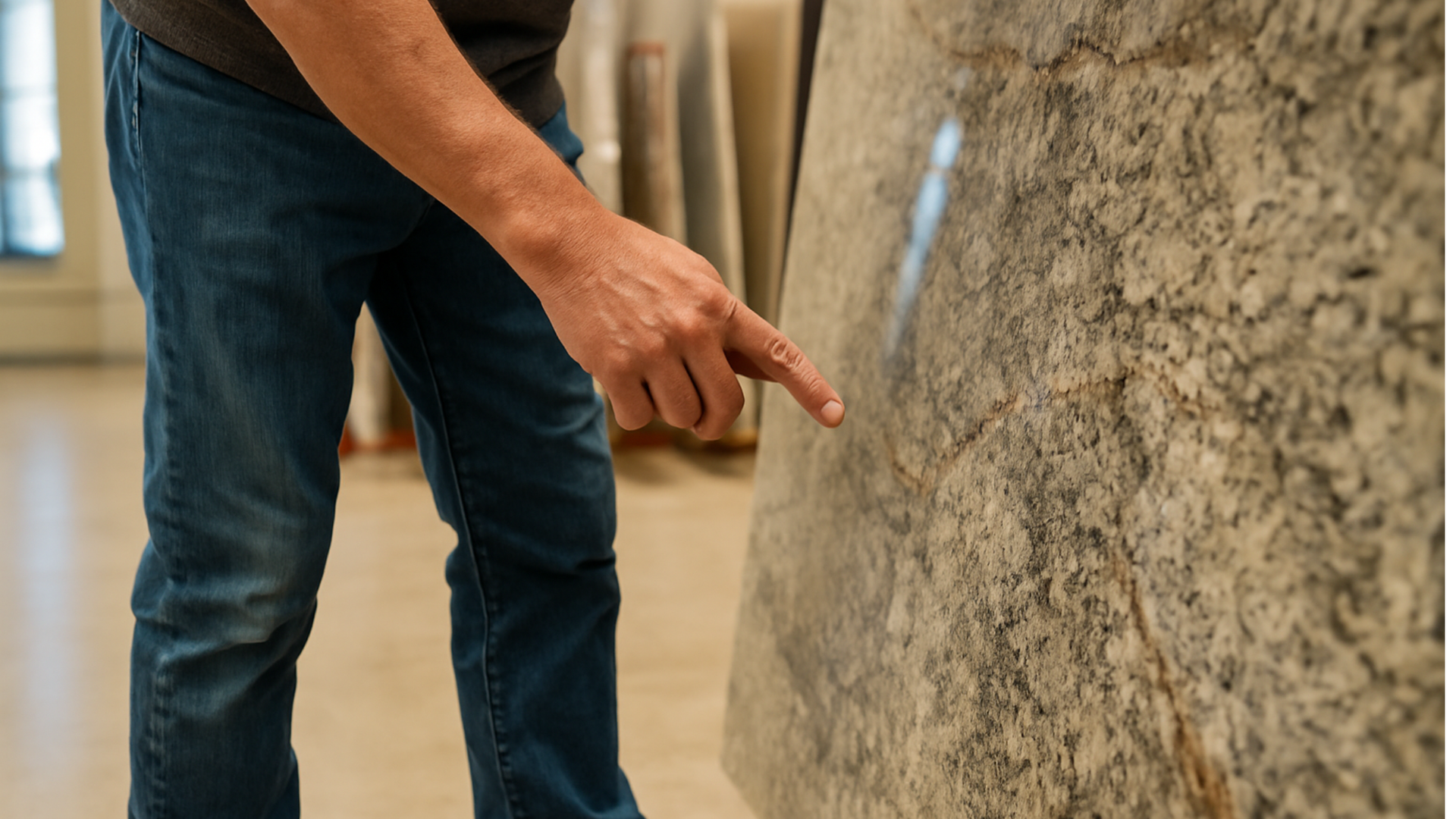
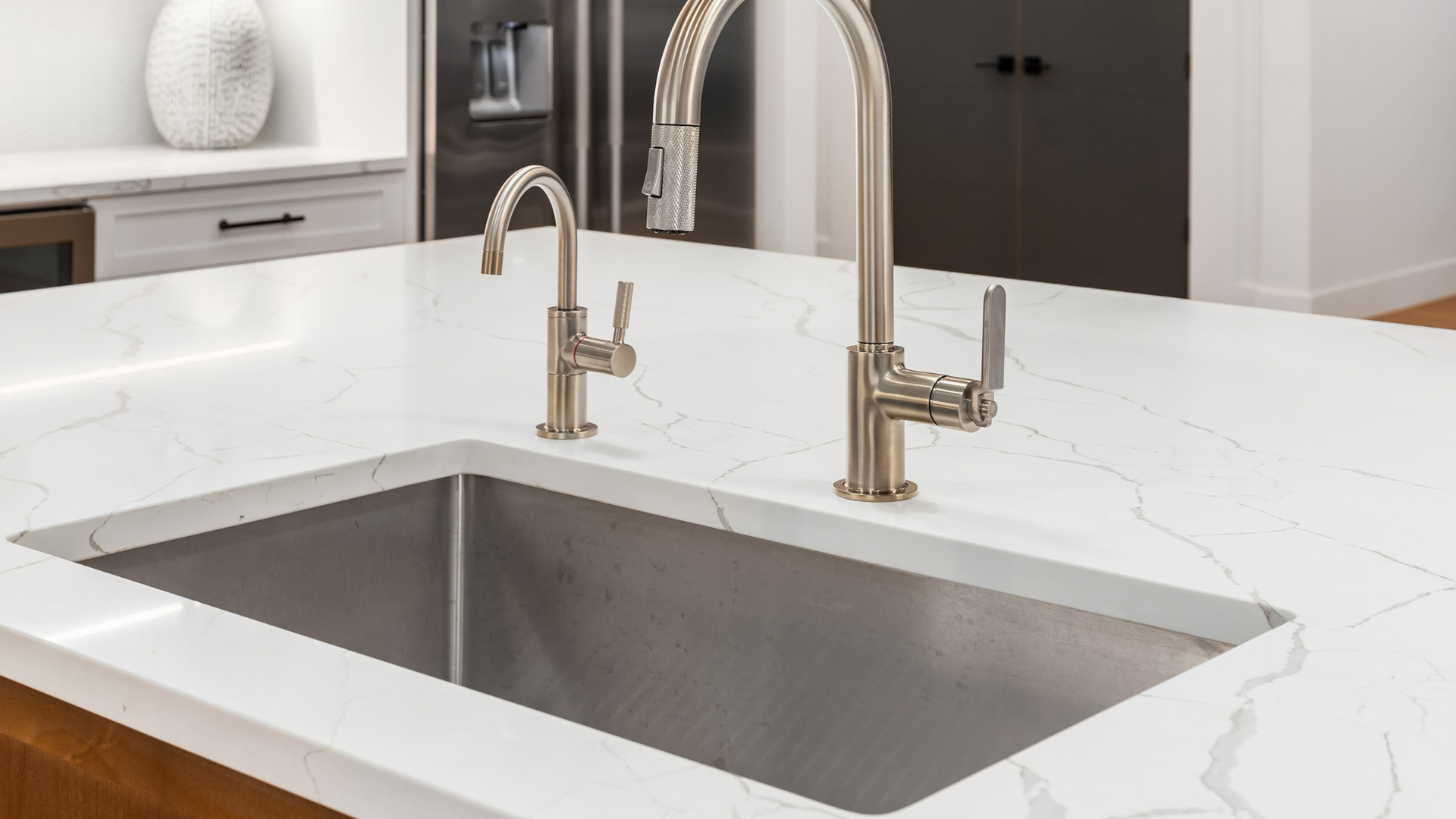
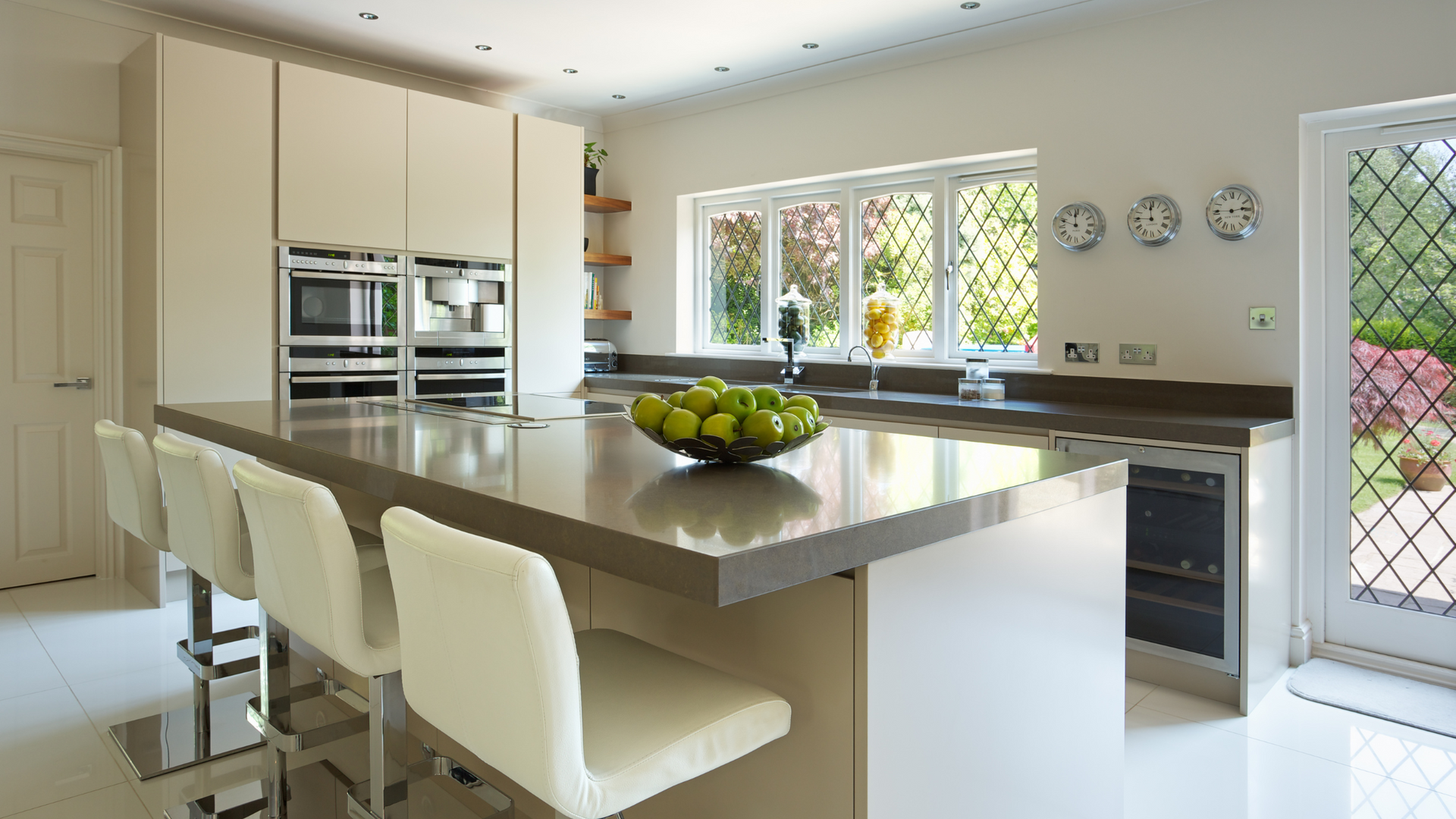
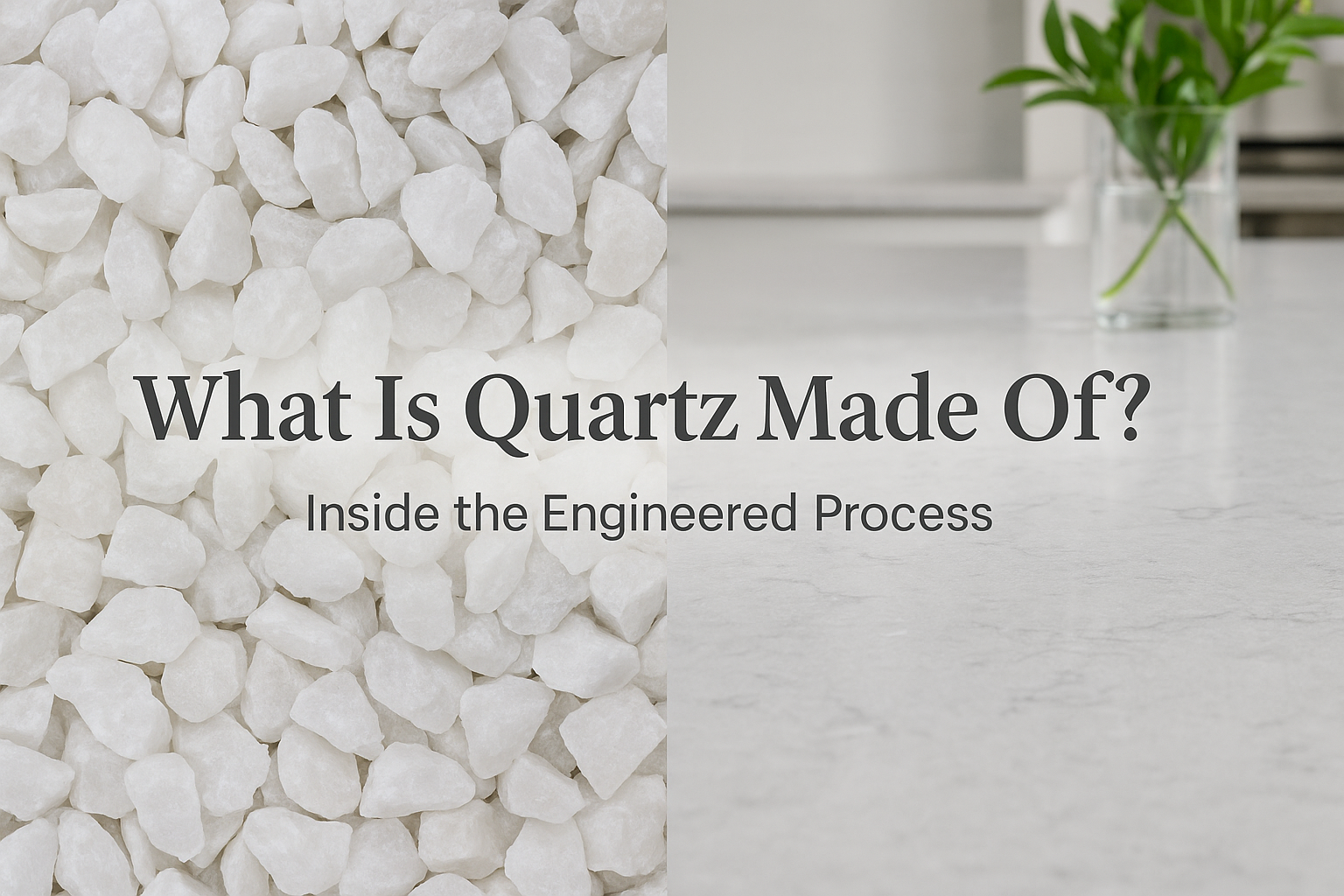
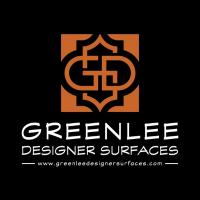
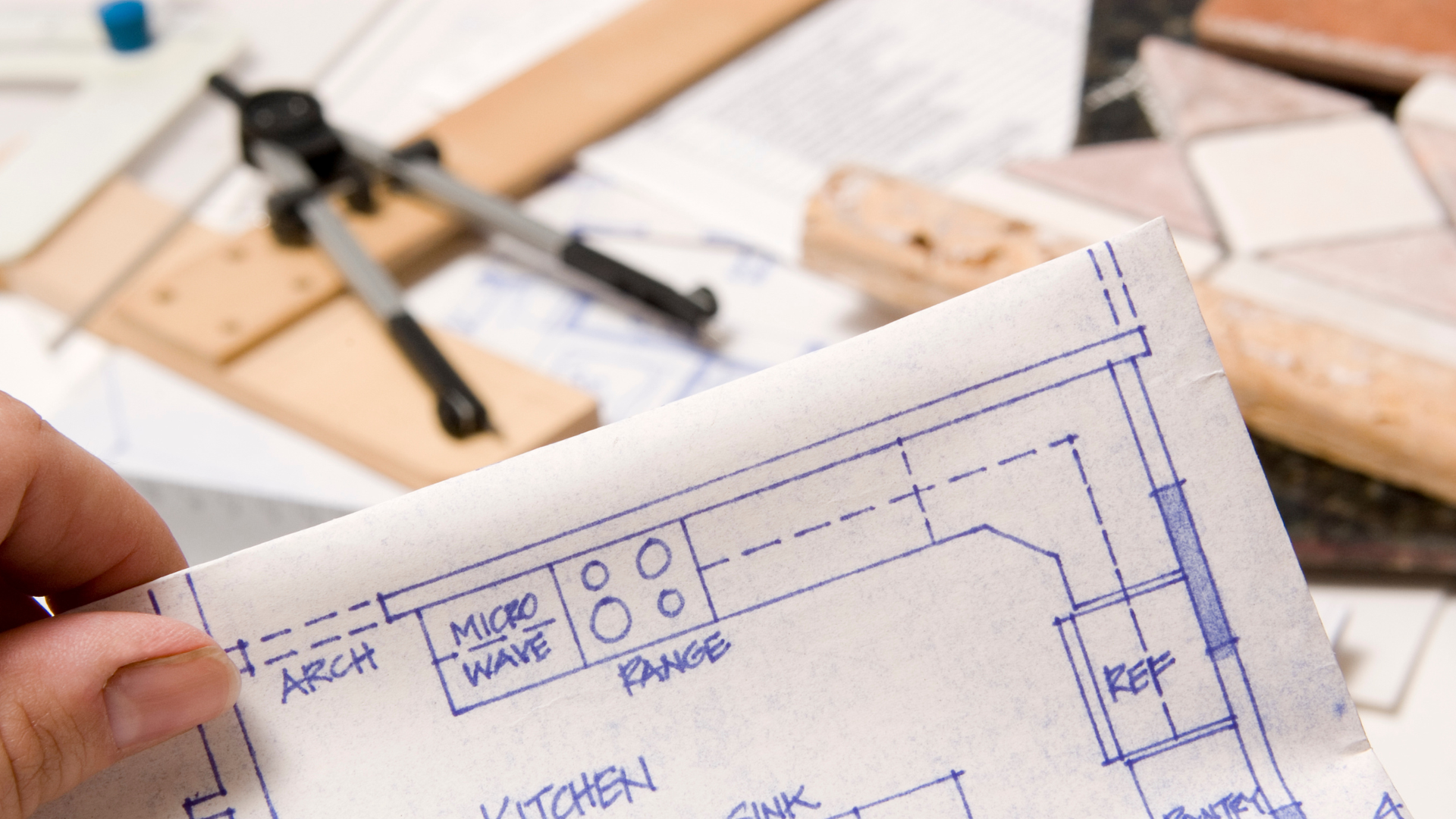
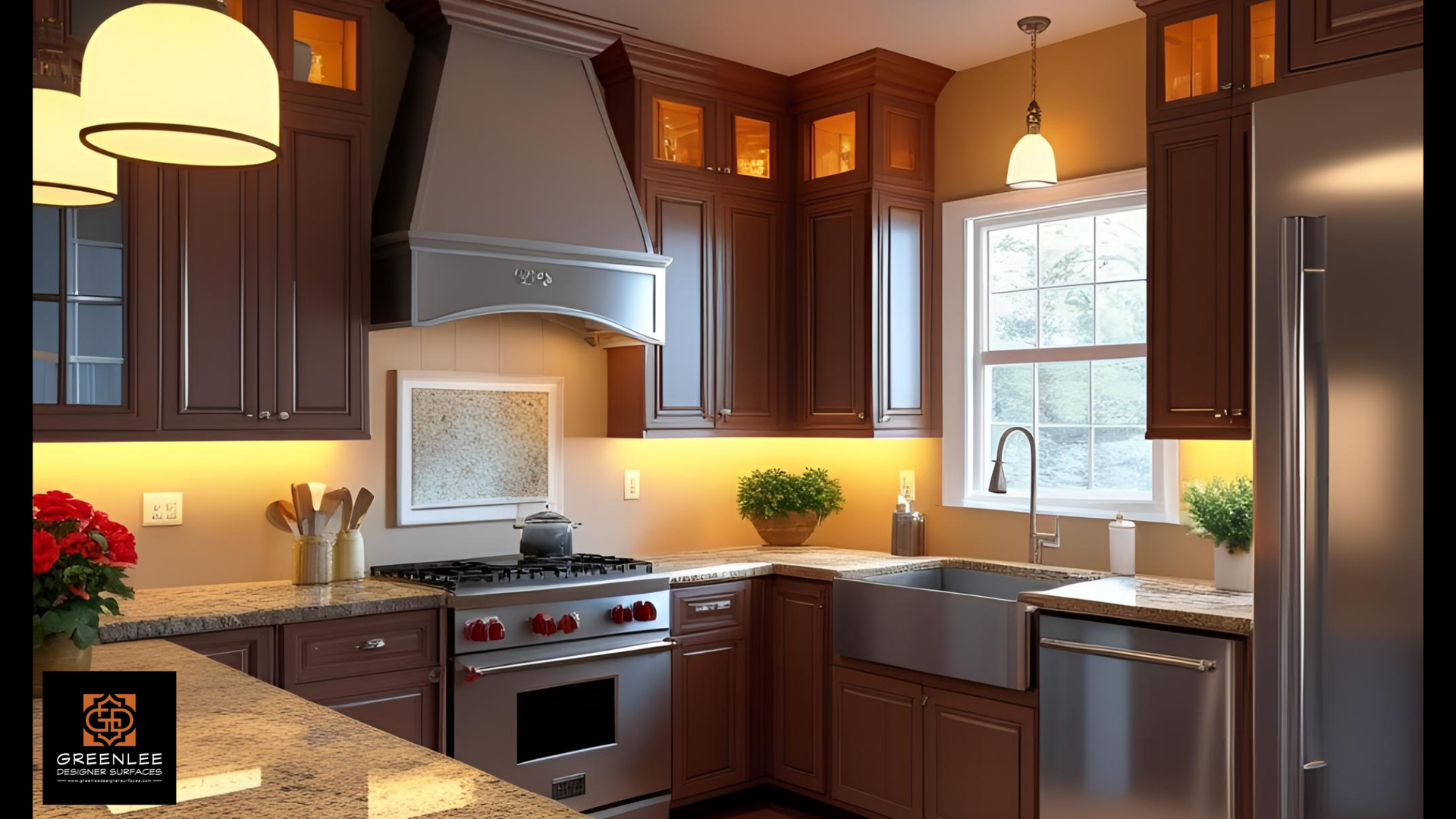
Share On: